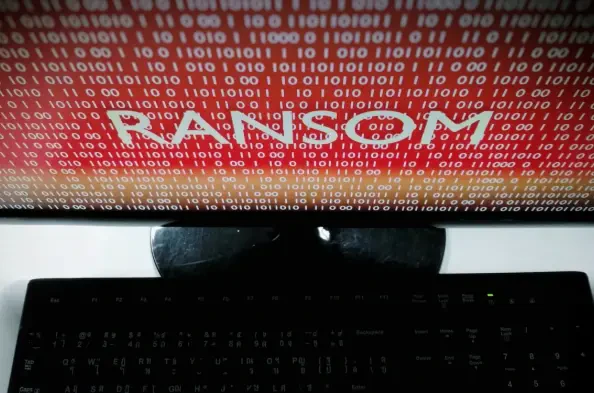Ingram Micro recently faced a substantial challenge when a ransomware attack disrupted its operations during the U.S. Independence Day weekend. Based in California, this pivotal global IT distributor encountered a malicious cyber breach that led to an “ongoing system outage,” raising concerns over the potential compromise of its internal processes. Despite the systems being shut down to protect against further damage, Ingram Micro’s website and ordering functionalities remained accessible, which might be seen as a testament to its preparedness for such situations. However, the uncertainty about whether data was taken before the ransomware installation hints at looming risks for both the company and its clients. This incident, which could not have come at a more inopportune time, serves as a wake-up call about the escalating threat that ransomware poses, particularly since a staggering 86% of such attacks occur during weekends or national holidays.
Immediate Response and Impact
Once the breach was identified, Ingram Micro acted swiftly by engaging cybersecurity experts and notifying law enforcement to address the incident and mitigate damage. The urgency was evident as operations were momentarily stalled, affecting order processing and shipments, critical components for maintaining customer satisfaction and business continuity. This kind of organized response is crucial in reducing prolonged operational impacts. Furthermore, with Ingram Micro’s scale—boasting over 20,000 employees and commanding nearly $50 billion in annual revenue—the ramifications of such an attack extend beyond isolated inconveniences, posing broader concerns about financial and reputational impacts. The timing of the attack underscores a significant trend where cybercriminals strategically exploit vulnerabilities by striking during times of low vigilance, such as holidays, leveraging the likelihood of reduced staff and delayed responses.
Future Preparedness and Cybersecurity Measures
As recovery efforts continue, the broader conversation pivots to future preparedness and reinforcing defenses against similar threats. The attack serves as a critical reminder for Ingram Micro and similar organizations to reassess their cybersecurity protocols continually and implement robust preventive measures against such sophisticated threats. This involves investing in cutting-edge security infrastructure, enhancing employee training on recognizing potential threats, and conducting periodic stress tests to evaluate the resilience of existing systems. By staying one step ahead with proactive strategies and technology solutions, companies can protect their operations and client data more effectively. In conclusion, Ingram Micro’s experience illustrates the importance of maintaining vigilance in cybersecurity, emphasizing that the ability to navigate and overcome such challenges hinges on preparedness, adaptability, and a commitment to evolving security practices in increasingly unpredictable cyber landscapes.






